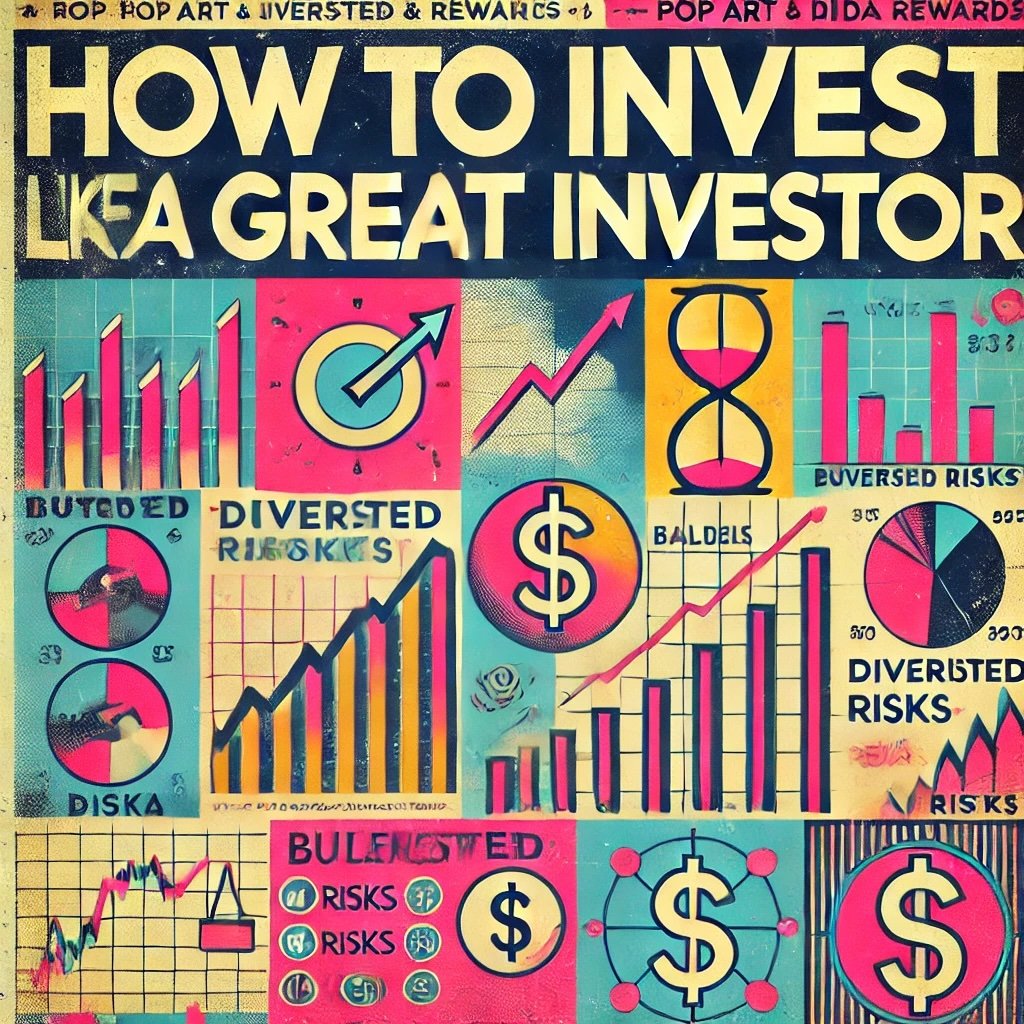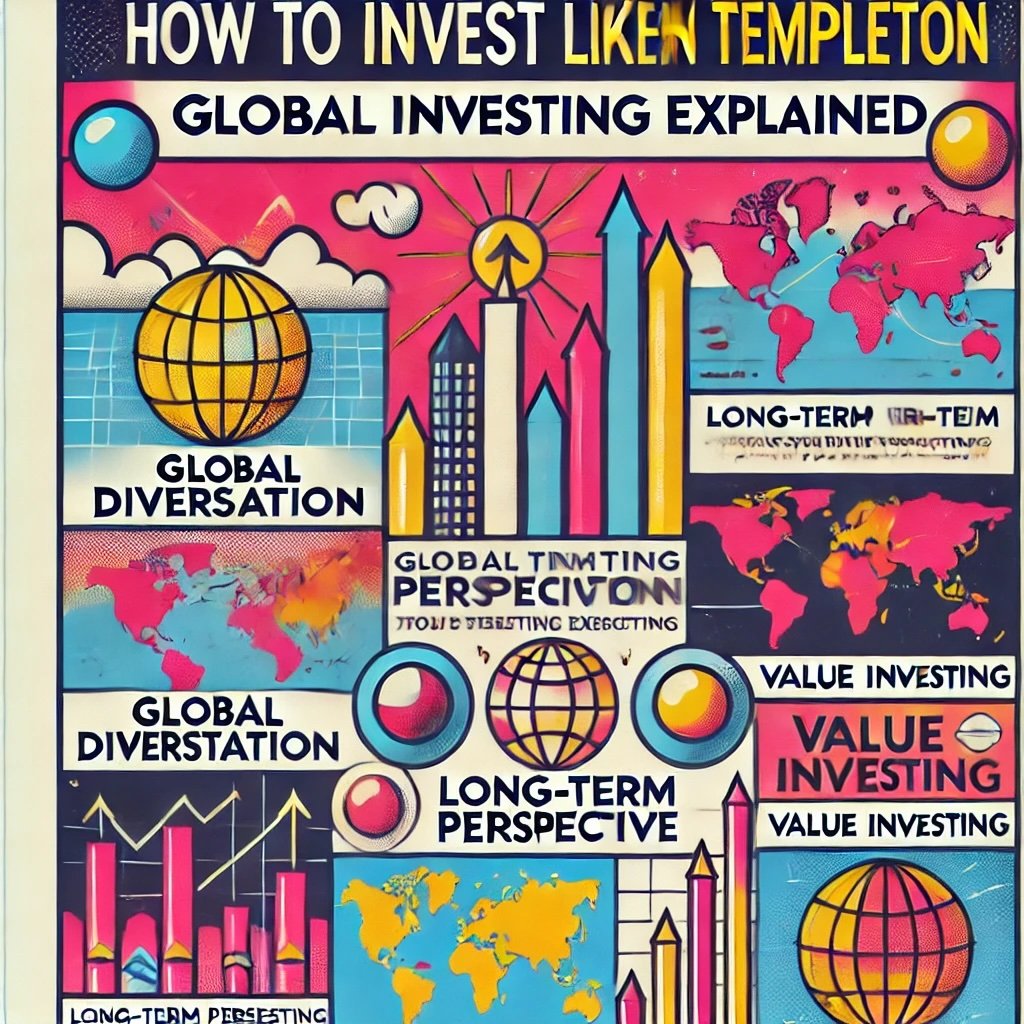Warren Buffett and Elon Musk are two of the most iconic figures in modern business. On the surface, they appear to share a common thread: success on a massive scale, influence over vast industries, and the admiration of countless followers. Yet, beneath these shared accolades lies a striking difference. Their philosophies on investing, innovation, and risk-taking could not be more dissimilar. Buffett, often called “The Oracle of Omaha,” built his empire on the principle of value investing—patiently analyzing fundamentals, waiting for bargain prices, and holding onto stable, cash-generating companies for decades. Elon Musk, on the other hand, is a serial entrepreneur who thrives on disruption, constantly pushing boundaries in fields as varied as electric vehicles, renewable energy, and space exploration. Where Buffett preaches caution and logic, Musk seems guided by audacity and vision. Where one emphasizes slow and steady capital allocation, the other champions moonshot goals and speedy execution.
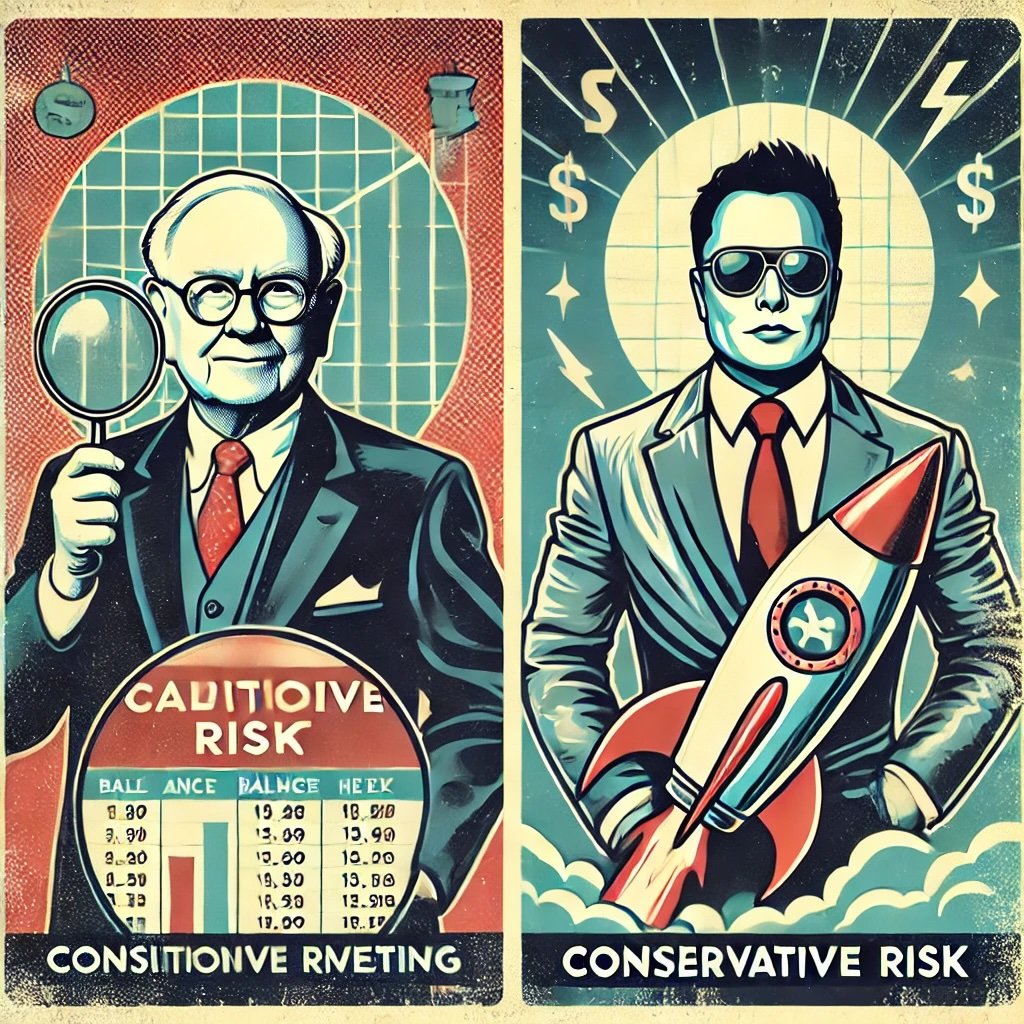
We’ll explore the stark contrasts between these two powerhouses. We’ll start with their foundational philosophies, delving into how Buffett’s roots in traditional value investing stand in direct contrast to Musk’s visionary and innovation-driven mindset. From there, we’ll examine their views on risk, placing Buffett’s conservative stance alongside Musk’s willingness to hazard everything for the promise of a technological breakthrough. We’ll then study their approaches to innovation itself, observing how Buffett leans toward established business models while Musk seeks to create new sectors entirely.
Our discussion will continue by looking at their time horizons: Buffett invests in multi-decade arcs, prizing steady returns, while Musk seemingly balances urgent, near-term action with a grand blueprint for humanity’s future. We’ll then move on to the broader impacts these approaches have left on the world—how Buffett’s ethos shaped generations of investors to prize stability and fundamental analysis, and how Musk’s entrepreneurial zeal has spawned a new wave of tech-savvy dreamers who see no limits to human potential. Finally, we’ll wrap up with a conclusion that reflects on the lesson both men offer to aspiring investors and entrepreneurs: there’s more than one route to success, but each path demands a unique mindset and a willingness to accept trade-offs.
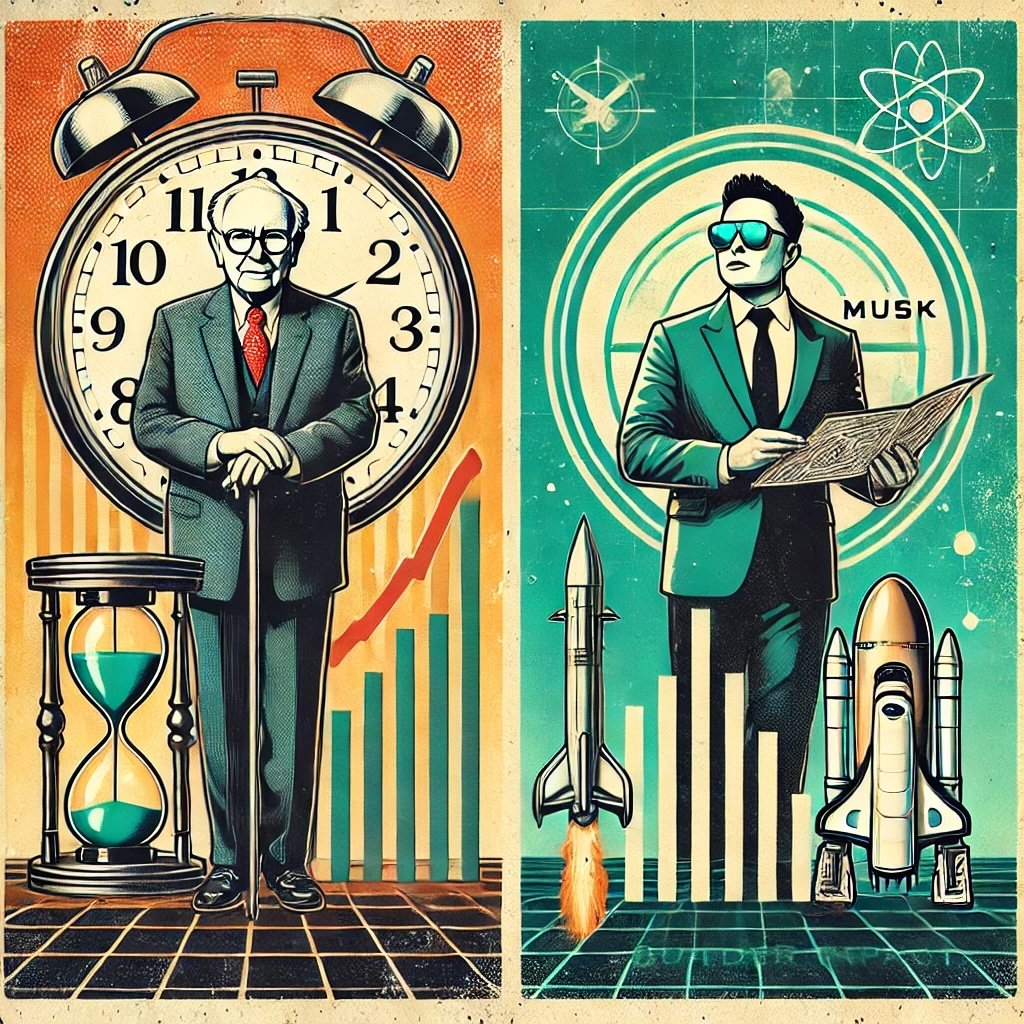
Whether you’re a young professional deciding how to invest your first substantial paycheck, a mid-level manager pondering a pivot into a high-growth startup, or just an armchair observer fascinated by the clash of two vastly different personalities, this blog post aims to clarify what makes Buffett tick and how Musk operates in an entirely different sphere. Both have made their mark; both have changed the world in meaningful ways. But understanding why—and how—they did it might guide you in shaping your own career, investments, or entrepreneurial ambitions.
With that, let’s dive into the philosophies that propelled these men into the spotlight.
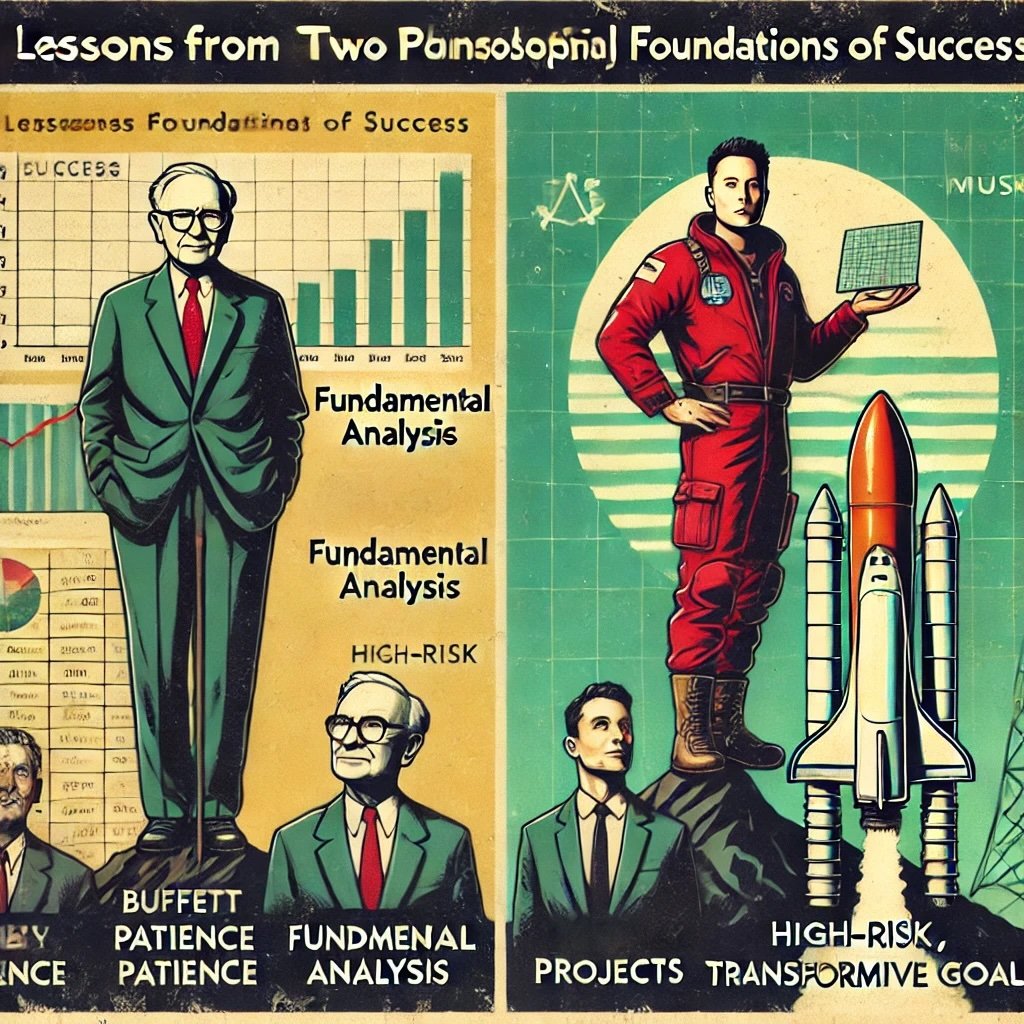
Philosophical Foundations
Buffett: The Value Investor
Warren Buffett’s reputation largely hinges on his unwavering commitment to value investing. Trained under the mentorship of Benjamin Graham—often considered the father of modern security analysis—Buffett learned early on that stocks represent parts of real businesses rather than mere symbols on a ticker. For him, the essence of sound investing comes down to assessing a company’s fundamentals: Does it generate sustainable profits? Can it withstand economic downturns? Is the management trustworthy and competent?
Buffett’s earliest successes involved identifying undervalued companies that the market had either overlooked or unfairly punished. If the share price fell well below his estimation of the company’s intrinsic value, he would swoop in and acquire as many shares as he could. Over time, if his analysis proved correct, the market would recognize the company’s true worth, elevating the share price closer to its fundamental value. At that point, Buffett could reap substantial gains, but often he would simply hold if the business remained robust.
For Buffett, this strategy arises not just from financial acumen but also from his temperament. He’s naturally cautious and methodical. He rarely invests outside his circle of competence—industries he understands intimately—preferring to place bets on consumer goods, insurance, banking, and, more recently, technology plays such as Apple (though he famously avoided many tech stocks for years). Instead of seeking “the next big thing,” Buffett typically invests in established enterprises with recognizable business models. Coca-Cola, for instance, offers an easily understood product and a global brand. The same goes for American Express or railroads. These are businesses with clear revenue streams, stable market positions, and, crucially, a history of profits.
Musk: The Visionary Entrepreneur
Elon Musk’s foundational philosophy contrasts sharply with Buffett’s. Rather than focusing on undervalued companies in well-established sectors, Musk prioritizes transformative ideas that can reshape entire industries—or, in some cases, humanity’s future. Tesla seeks to accelerate the world’s transition to sustainable energy, SpaceX aims to make humanity a multi-planetary species, and Neuralink explores the frontier of brain-computer interfaces. This approach is inherently riskier, because Musk invests time and resources into areas where traditional metrics (profit margins, established market share, etc.) might be tenuous or even non-existent.
One reason for Musk’s bold methodology might lie in his background. Born in South Africa, he moved to North America with the dream of joining the tech revolution. After early successes with Zip2 and PayPal, Musk plunged into high-capital, high-risk ventures. While conventional wisdom might suggest diversifying or moving into stable industries post-PayPal, Musk instead doubled down on ventures that most deemed too risky. The “visionary entrepreneur” label suits him because his core motive extends beyond profit: he sees problems like fossil fuel dependence or the fragility of life on a single planet and decides to solve them through innovation. Profit, in many Musk endeavors, appears more like a means to sustain those visionary projects than an end in itself.
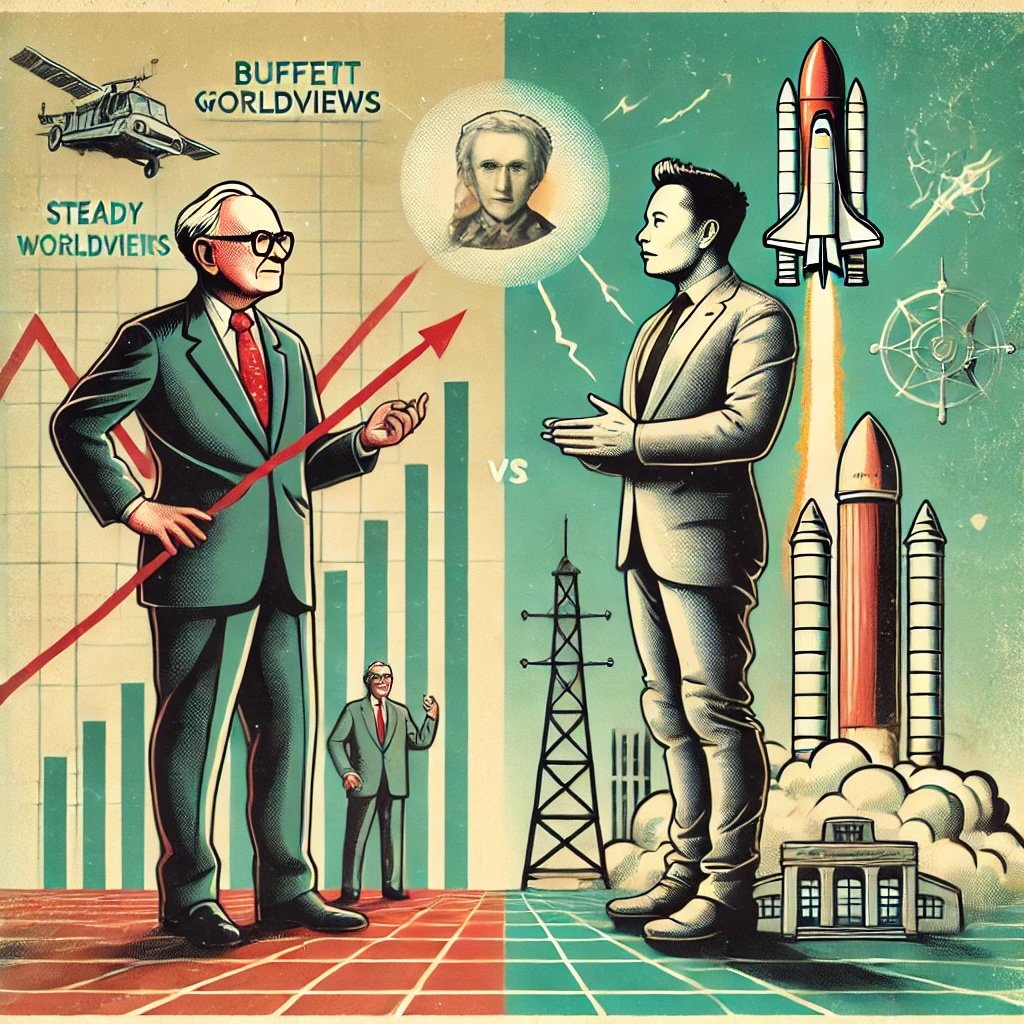
The Clash of Two Worldviews
At the heart of Buffett’s and Musk’s differing philosophies is a simple tension: Do you invest in what is proven to work, or do you attempt to invent the future? Buffett looks at track records, consistent earnings, and stable moats. Musk focuses on the gap between what humanity currently has and what it needs, leveraging advanced engineering and relentless ambition to fill that void. For Buffett, success manifests as consistent returns over many years. For Musk, success is about hitting massive home runs that redefine entire sectors, even if some at-bats end in strikeouts.
It’s tempting to see these as polar opposites. In some ways, they are. Buffett actively avoids speculative companies he deems overpriced or disconnected from tangible profit models. Musk pours effort into launching new industries that can remain unprofitable for years while building critical mass. Yet, both have found ways to accumulate immense wealth. The difference lies in the path they’ve taken: Buffett’s measured, data-driven approach contrasts starkly with Musk’s readiness to plunge into the unknown.
Lessons from Their Philosophical Foundations
Investors and entrepreneurs alike can glean vital insights from each leader’s core philosophy. If you’re more cautious, with a penchant for analyzing spreadsheets and seeking steady gains, Buffett might be your model. His track record proves the power of patience and fundamental analysis. If you’re drawn to visionary projects or technology breakthroughs and you have a high risk tolerance, Musk’s trajectory might inspire you to shoot for transformative goals.
In the end, neither philosophy is inherently right or wrong. They’re simply different routes up the mountain of success.
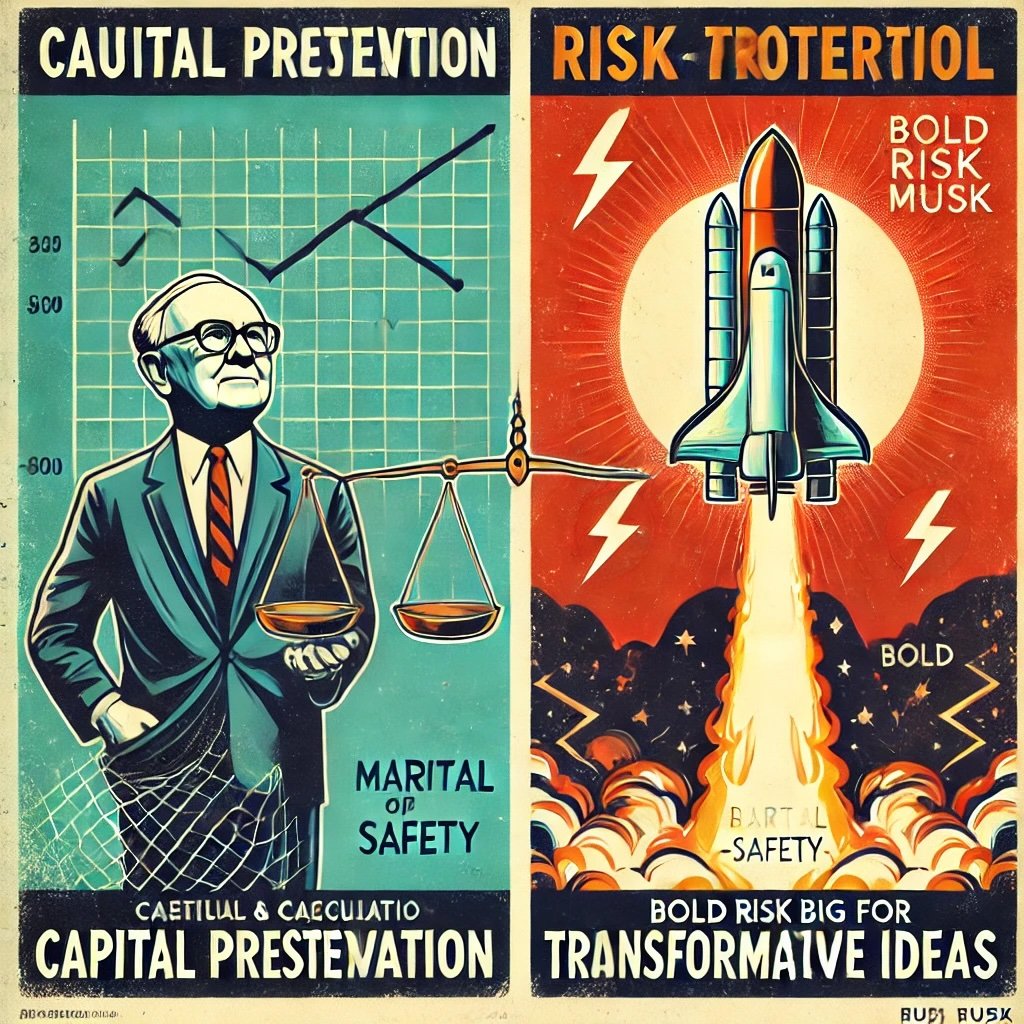
Attitudes Toward Risk
Buffett: Cautious and Calculated
Risk, to Warren Buffett, is not about beta (a common measure of volatility in finance) or the ups and downs of a stock’s price. Instead, it’s about the likelihood of permanently losing capital. When he invests in a company, he wants a clear margin of safety—meaning that the stock’s trading price sits comfortably below the firm’s intrinsic value. By doing so, he reduces the chance that short-term market fluctuations will erode his portfolio.
Because Buffett prioritizes capital preservation, he’s not fond of speculative bets. He avoided the dot-com mania in the 1990s, even though it seemed like everyone else was getting rich. Critics scoffed, saying he was out of touch. When the bubble burst, though, Buffett emerged relatively unscathed, demonstrating the wisdom behind his refusal to invest in something he neither trusted nor understood. This story underscores his belief that risk intensifies when you invest in a business model you don’t fully grasp or in a situation where the numbers don’t back up the hype.
Additionally, Buffett’s caution emerges in how he balances his portfolio. Berkshire Hathaway maintains substantial cash reserves, ready to deploy during downturns. This war chest approach aligns with his risk philosophy: be prepared for turbulence, and wait for opportunities that others miss when markets are panicking.
Musk: Bold and Risk-Tolerant
If Buffett’s approach to risk is cautious, Musk’s is nothing short of daring. While he’s certainly not reckless—there’s immense scientific rigor behind SpaceX’s rockets and Tesla’s cars—he’s prepared to devote substantial resources to endeavors with uncertain payoffs. Tesla nearly went bankrupt multiple times, especially during the early days of Model S production. SpaceX faced repeated rocket failures. Yet, Musk stuck to these missions, betting that the eventual rewards (economic and otherwise) would justify the near-existential risks.
This high tolerance for risk can be traced, at least in part, to Musk’s personal conviction. He genuinely believes that building electric vehicles and colonizing Mars are not just profitable opportunities but moral imperatives for humanity’s future. When your vision is that grand, short-term financial losses or operational setbacks might feel insignificant in comparison. So while Buffett invests in reliably profitable companies, Musk invests in ideas whose success may be far from guaranteed—but, if achieved, can alter the trajectory of civilization.
The Balance of Risk
Neither Buffett nor Musk is naive about the downside of risk. Buffett invests time scrutinizing balance sheets, reading financial statements, and using conservative assumptions in his valuations precisely to mitigate risk. Musk invests in engineering excellence and top talent, constantly pushing his teams to solve problems that others deem unsolvable, thus reducing risk through relentless innovation and iteration.
From an external viewpoint, though, it’s easy to see how these stances diverge. Buffett might reject an opportunity that fails his margin-of-safety test, even if that opportunity has a small chance of yielding huge rewards. Musk might embrace an opportunity that could fail catastrophically if it also offers an equally enormous chance of success. This difference stems from the industries they occupy: Buffett’s realm is often existing markets with established demand, while Musk’s realm is full of emerging sectors with uncertain or rapidly evolving demand.
The Psychology of Fear and Greed
Both men also acknowledge the emotional undercurrent of risk: fear and greed. Buffett famously notes that investors should be “fearful when others are greedy and greedy when others are fearful.” That statement captures his contrarian stance on risk—he’s willing to bet big when the market is in panic mode if he believes fundamentals remain solid. Musk, meanwhile, channels a different aspect of fearlessness: the possibility that if humanity doesn’t boldly innovate, we stagnate or fail to address pressing existential threats.
Yet, ironically, Musk’s ventures can provoke strong emotional reactions in investors—some see him as a visionary hero, others as a reckless gambler. Buffett, in contrast, evokes trust, stability, and a paternal sense of wisdom. Their distinct risk profiles shape how people perceive them, which in turn affects everything from their stock prices to their ability to raise capital.
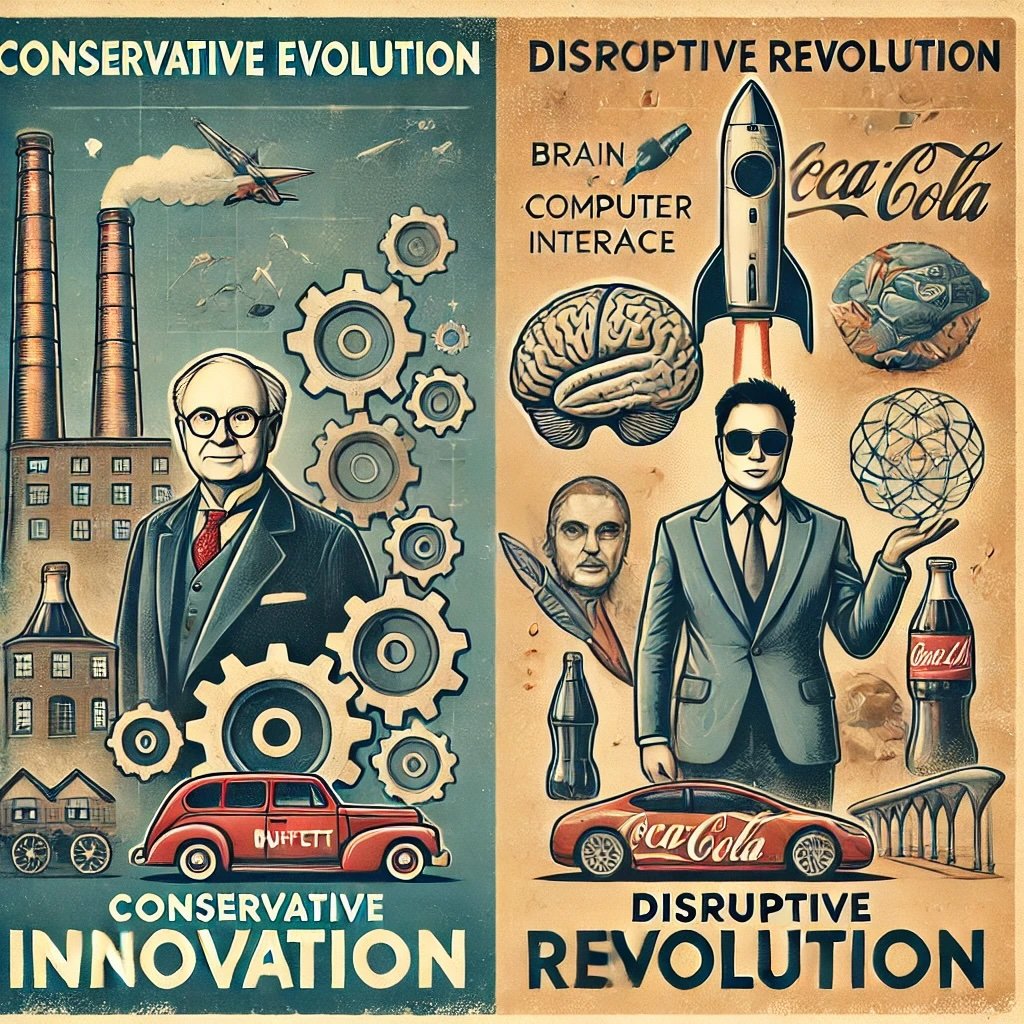
Approach to Innovation
Buffett: Conservative Evolution
Buffett wouldn’t describe himself as anti-innovation, but he certainly chooses his spots carefully. His typical targets for investment—insurance, banking, consumer staples, railroads, and energy utilities—don’t scream “cutting edge.” Instead, they boast mature business models and time-tested reliability. Even when Berkshire Hathaway dips into technology, it’s often with well-established giants like Apple, which, by the time Buffett invested, had already proven itself as a cash-generating machine with loyal customers and an unrivaled ecosystem.
Does that mean Buffett ignores innovation entirely? Not exactly. He invests in the innovation that keeps established companies strong. For instance, railroads might appear archaic, yet they continue to adopt advanced logistics systems and improved fuel efficiency. Consumer brands like Coca-Cola constantly refine marketing strategies and distribution channels. Insurance companies develop sophisticated risk models. In all these cases, innovation is incremental rather than revolutionary, enhancing existing operations to maintain a competitive moat. Buffett sees such incremental progress as lower-risk, high-return improvements.
Musk: Disruptive Revolution
In stark contrast, Elon Musk defines innovation in terms of revolution rather than evolution. Tesla disrupted the automotive industry by proving that electric vehicles could be both high-performing and desirable. SpaceX defied conventional aerospace wisdom by landing and reusing orbital rockets. The Boring Company aims to revamp urban transport via underground hyperloops or tunnels, and Neuralink explores direct brain-computer connections to address neurological disorders and, in Musk’s words, ensure humans “keep up” with artificial intelligence.
For Musk, innovation isn’t optional; it’s an existential imperative. If Tesla hadn’t succeeded, the transition away from internal combustion engines might have taken much longer. If SpaceX had failed, the cost of space travel would remain prohibitively high. His approach to innovation is holistic, often controlling multiple facets of the supply chain or development pipeline to accelerate breakthroughs. He invests in battery tech, rocket reusability, or even software that underpins factories, believing that big leaps forward are necessary to address global challenges.
Industries and Ecosystems
Their divergent approaches reflect the industries in which they operate. Buffett primarily invests in sectors that are centuries old, where brand loyalty, regulatory frameworks, and economies of scale are entrenched. In these environments, radical disruption is less common, and incremental improvements can yield steady returns. Musk, on the other hand, zeroes in on industries ripe for disruption—transportation, space, energy—where bold new ideas can dismantle entrenched players or create markets that didn’t previously exist.
Moreover, the ecosystems each leader fosters differ substantially. Buffett’s Berkshire Hathaway is essentially a holding company with autonomous subsidiaries, each led by its own management team. He incentivizes strong performances but generally avoids micromanaging operations. Musk’s companies, in contrast, often share overlapping technology and knowledge. Tesla’s battery tech informs SpaceX’s engineering culture, and employees sometimes move between ventures, cross-pollinating expertise.
The Role of Public Perception
Innovation also shapes how the public perceives Buffett and Musk. Many see Buffett as the steady grandfather of investing—a man who champions old-fashioned virtues like thrift, integrity, and conservative leverage. Musk, by comparison, stands out as the risk-taking inventor, channeling a blend of Tony Stark and real-life rocket scientist. He tweets about futuristic concepts, unveils prototypes at dramatic events, and openly details his ambitions for humanity’s future on Mars.
These images influence the companies they run. Berkshire Hathaway’s brand suggests durability and trustworthiness. Its shareholders expect stable growth and aren’t rattled by the lack of “exciting breakthroughs.” Meanwhile, Musk’s fan base craves the next big reveal—an autonomous robot, a new rocket prototype, or a plan to fix traffic congestion. This expectation can be a double-edged sword: it builds hype but also raises accountability. If Musk doesn’t deliver on a promised timeline, critics are quick to pounce.

Time Horizons and Investment Strategies
Buffett: Decades-Long Perspective
Warren Buffett is famous for saying that if you’re not willing to hold a stock for 10 years, you shouldn’t own it for 10 minutes. This statement encapsulates his commitment to long-term ownership. When he buys shares of a company, he does so with the intention of reaping rewards far in the future. He’s largely unconcerned with quarterly earnings unless they reveal a structural flaw in his initial analysis.
One of Buffett’s hallmark moves is ignoring short-term market fluctuations. He might even welcome dips in share prices if it allows him to purchase more shares at a discounted valuation. Over 30 or 40 years, these dips can become mere footnotes in the grand story of compounding gains. His steadfast patience is anchored in the knowledge that, given enough time, a truly solid business will grow and reward loyal shareholders through dividends and capital appreciation.
This decades-long perspective frees Buffett from the frantic cycles of panic and euphoria that dominate modern markets. While others might chase fads or panic-sell during a recession, Buffett often maintains his cool, calmly scanning for bargains. In his view, time is an ally—assuming you’ve chosen the right businesses at fair prices.
Musk: Immediate Action with a Long-Term Vision
Elon Musk’s time horizon can appear contradictory at first glance. He speaks passionately about humanity’s future over centuries or millennia, envisioning Mars colonies, AI integration, and a sustainable energy revolution. Simultaneously, he pushes his teams at Tesla and SpaceX to achieve milestones at breakneck speed, setting ambitious deadlines that sometimes strain credibility.
In essence, Musk’s approach to time is twofold. On the grand scale, he invests in projects that may take decades to fully pay off—like becoming a multi-planetary species. But in the near term, he pushes for rapid innovation cycles, aiming to launch new vehicle models or rocket prototypes faster than any competitor. This blend of long-term vision and short-term urgency differentiates him from the typical startup founder. Many entrepreneurs talk about the future, but Musk invests billions in actually building it, year by year.
Because Musk’s ventures occupy industries in flux, there isn’t always a stable “long term” to rely on. Battery technology, space propulsion, and AI can change drastically within a decade. Thus, while Musk has an overarching future-oriented roadmap, each step involves urgent, near-term execution. Missing a product launch window by even a year could open the door for rivals. So, he balances the big picture with an unrelenting focus on immediate progress.
The Trade-Offs of Time
The divergence in time horizons reflects the broader difference between incremental and transformative strategies. Buffett invests with a slow, steady compounding effect in mind. He’s content collecting dividends and watching the market eventually recognize a company’s intrinsic value. Musk invests with an eye toward massive technological leaps that may redefine entire sectors, so the payoff might come suddenly, in a wave, once breakthroughs align.
Both approaches have their downsides. Buffett’s caution can cause him to miss out on explosive growth in emerging markets, as occurred with Amazon or Google in their early days. Musk’s haste can lead to near-death corporate experiences (for instance, Tesla’s struggles with production ramp-ups) and may place relentless stress on employees and operations. Yet, each man’s results speak volumes: Buffett’s net worth soared primarily through methodical long-term gains, while Musk’s soared through successful IPOs and enormous stock price surges tied to Tesla and other ventures.
Matching Strategy to Personality
Buffett’s investment timeline suits someone who prefers deliberation, mental clarity, and measured risk. Musk’s timeline suits someone comfortable with chaos, rapid pivots, and the occasional existential crisis. Neither path is guaranteed to work for everyone. In fact, each requires a specific temperament. Buffett’s style demands patience, emotional stability, and trust in compound interest. Musk’s style demands hyper-focus, daring, and an unshakeable belief in the feasibility of radical projects.
These distinct time horizons also shape how each interacts with markets. Buffett rarely addresses daily or weekly fluctuations. Musk, however, occasionally tweets or makes statements that can send Tesla’s stock soaring or plummeting within hours, reflecting a more direct interplay with short-term sentiment (a phenomenon not always viewed favorably by regulators).
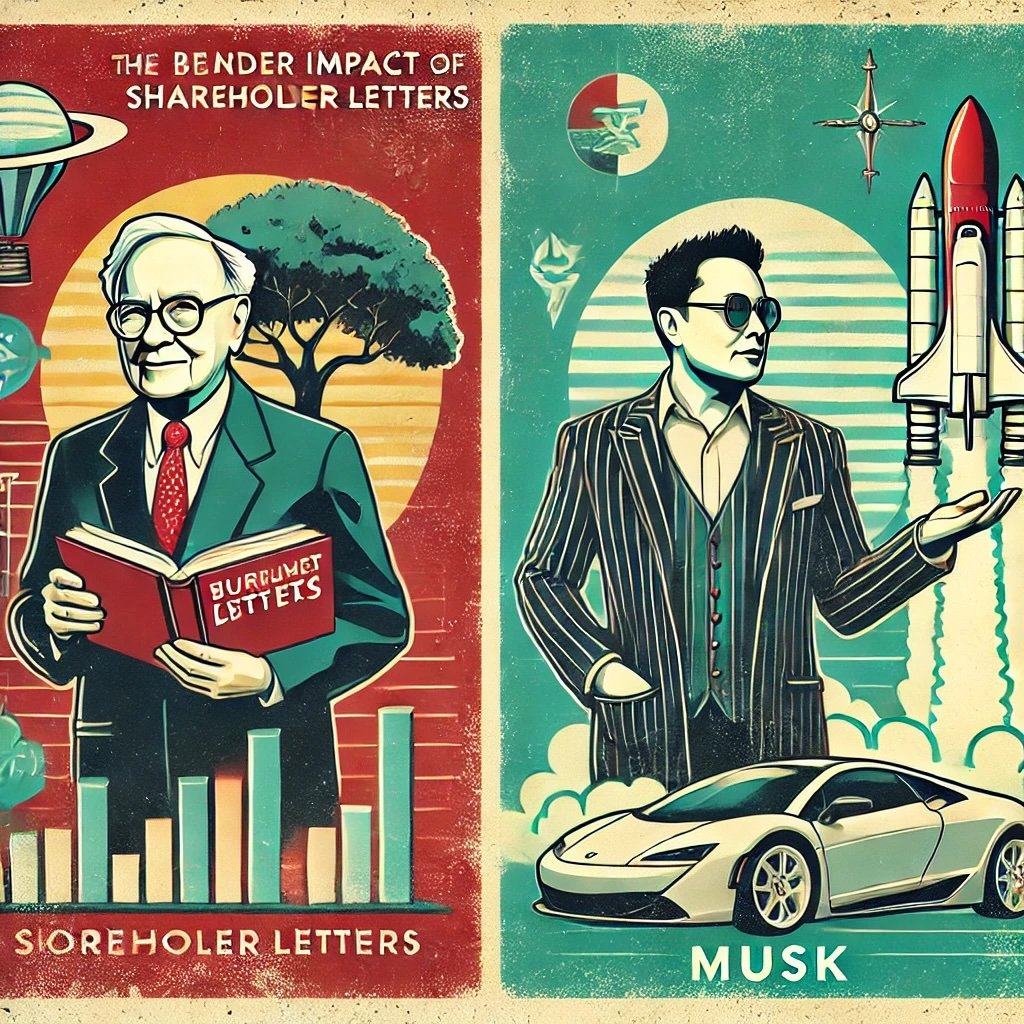
Broader Impact and Legacy
Buffett’s Impact
Warren Buffett’s influence extends beyond the realm of finance. Over decades, he’s become an emblem of values like honesty, patience, and humility. His annual letters to Berkshire Hathaway shareholders read less like dry corporate statements and more like educational essays on how to think about businesses, money, and life. Many established or aspiring investors refer to these letters as a yearly master class, gleaning timeless lessons about compounding, ethical management, and rational thinking.
Buffett’s approach has given rise to a wave of copycat strategies, commonly termed “Buffettology.” From small retail investors to giant pension funds, countless market participants try to emulate his focus on value. While few reach the same pinnacle of success, the collective effort has introduced more discipline and fundamental analysis into the marketplace. Additionally, his philanthropic commitments—most notably the pledge to give away over 99% of his wealth—have amplified his standing as a moral figure. He’s an investor who not only preaches prudence but also practices generosity.
Another part of Buffett’s legacy is Berkshire Hathaway itself, which he’s shaped into a conglomerate spanning insurance, utilities, consumer goods, and more. This conglomerate structure demonstrates how a long-term perspective can unify diverse businesses under one umbrella, provided you have a keen eye for talent and a tolerance for autonomy. Executives at Berkshire’s subsidiaries often describe high levels of trust and freedom from Buffett’s head office, fostering stable growth without micromanagement.
Musk’s Impact
Elon Musk’s influence might be more visible in daily headlines: rocket launches, electric car announcements, tech summits, and social media platforms abuzz with his latest tweet. Yet his deeper legacy lies in mainstreaming radical ideas that were once dismissed as science fiction. A decade ago, widespread electric car adoption seemed improbable. Today, Tesla has forced the entire automotive industry to reimagine its product lines, with nearly every major manufacturer investing heavily in EV technology.
SpaceX, likewise, has transformed the space industry. It dramatically reduced launch costs by developing reusable rockets, opening up the prospect of commercial space travel and expanding satellite deployment for everything from internet access to climate monitoring. Musk’s companies also drive public discourse about artificial intelligence, renewable energy, and the ethics of human enhancement—topics that, just a few years ago, seemed the domain of niche academics.
Musk’s relentless push for innovation has inspired a generation of entrepreneurs to dream bigger. While not everyone has access to billions in venture capital or top engineering teams, Musk’s story shows that a single visionary can disrupt industries previously dominated by incumbents. Critics might point to his at times brash communication style and the controversies surrounding his leadership, yet few deny that he’s accelerated technological progress in key areas.
Different Paths, Shared Success
In some sense, Buffett and Musk represent two sides of a coin. One made his fortune by spotting undervalued assets and patiently waiting for them to bloom. The other created new assets—new companies, new technologies—where the value only becomes clear once the market catches up to his futuristic vision. They both achieved status as billionaires with global influence, shaping not just industries but also public perceptions of what investing and entrepreneurship can achieve.
To see them as competitors would be misleading, since they operate in different spaces and rarely cross paths in any direct business sense. Instead, consider them complementary archetypes. Buffett’s presence reassures markets that old-school fundamentals and prudent capital allocation still matter. Musk’s presence highlights that audacious leaps can pay off if executed with intensity and innovative prowess.
Lessons for Investors and Entrepreneurs
The duality of their impact offers lessons for anyone involved in wealth creation or business:
- Long-Term vs. Breakthrough: Decide whether your personality and skills align more with patient accumulation or high-stakes innovation.
- Ethical and Societal Considerations: Observe how both men have tied their fortunes to broader impacts—philanthropy for Buffett, sustainability and exploration for Musk.
- Brand and Image: Recognize that how you present your vision, whether calm or revolutionary, shapes your relationship with investors, the public, and employees.
- Adaptability: Neither Buffett nor Musk stands still. Buffett has slowly warmed to certain tech names, and Musk continues to iterate, refine, and pivot rapidly.
Warren Buffett vs. Elon Musk: Contrasting Investment Philosophies — 12-Question FAQ
How do Buffett and Musk differ at the core of their philosophies?
Buffett practices classic value investing: buy wonderful businesses at fair prices and hold for decades. Musk is a visionary operator who builds category-defining companies to unlock new markets, accepting near-term chaos for long-term step-change outcomes.
What does “risk” mean to each of them?
For Buffett, risk is the chance of permanent capital loss—managed through margin of safety, moats, and conservative leverage. For Musk, risk is the price of breakthrough innovation; he mitigates it with engineering intensity, vertical integration, and iteration speed.
How do their time horizons compare?
Buffett optimizes for multi-decade compounding and is largely indifferent to quarterly noise. Musk mixes a century-scale mission (sustainable energy, multiplanetary life) with urgent, aggressive execution windows to keep innovation momentum.
How do they approach innovation?
Buffett prefers incremental, compounding improvements inside proven models (insurance, consumer, utilities, rail). Musk pursues discontinuous leaps—EVs, reusable rockets, AI-adjacent tech—aiming to bend industry cost curves and capabilities.
What do they look for in management?
Buffett prizes integrity, rational capital allocation, and decentralization with accountability. Musk demands mission-driven obsession, technical excellence, and a bias for first-principles problem solving under extreme constraints.
How do capital allocation styles diverge?
Buffett reallocates cash from steady cash cows into high-ROI acquisitions and buybacks when undervalued. Musk plows cash into R&D, factories, supply chains, and talent to accelerate learning curves and scale.
Which metrics matter most to each?
Buffett emphasizes durable moats, unit economics, free cash flow, ROE without excess leverage, and predictable reinvestment. Musk tracks learning rates (e.g., battery $/kWh), manufacturing throughput/yield, cost per launch, and software/AI progress.
How do they view diversification and concentration?
Buffett is concentrated but within a circle of competence—few big positions across resilient sectors. Musk concentrates operationally within mission stacks (energy/transport/space), creating synergies across shared technology and teams.
What’s their stance on debt and financial structure?
Buffett is conservative on leverage, preferring fortress balance sheets and ample liquidity. Musk tolerates higher operational and financing strain when it accelerates strategic inflection points, then delevers as scale arrives.
How do they communicate with stakeholders?
Buffett writes plain-spoken annual letters and minimizes hype, anchoring expectations to intrinsic value. Musk communicates publicly and frequently, catalyzing talent, customers, and capital—but also inviting scrutiny and volatility.
How should an investor pick which “playbook” to follow?
Match temperament and edge: if you value patience, probabilistic thinking, and steady compounding, lean Buffett. If you have high risk tolerance, domain expertise, and access to build/operate frontier tech, the Musk path may fit.
Can elements of both approaches be combined?
Yes: anchor a core portfolio in quality, cash-generative compounders (Buffett) while allocating a defined “innovation sleeve” to asymmetric, mission-driven bets or funds with clear kill-switches and milestone gates (Musk).
Important Information
Comprehensive Investment Disclaimer:
All content provided on this website (including but not limited to portfolio ideas, fund analyses, investment strategies, commentary on market conditions, and discussions regarding leverage) is strictly for educational, informational, and illustrative purposes only. The information does not constitute financial, investment, tax, accounting, or legal advice. Opinions, strategies, and ideas presented herein represent personal perspectives, are based on independent research and publicly available information, and do not necessarily reflect the views or official positions of any third-party organizations, institutions, or affiliates.
Investing in financial markets inherently carries substantial risks, including but not limited to market volatility, economic uncertainties, geopolitical developments, and liquidity risks. You must be fully aware that there is always the potential for partial or total loss of your principal investment. Additionally, the use of leverage or leveraged financial products significantly increases risk exposure by amplifying both potential gains and potential losses, and thus is not appropriate or advisable for all investors. Using leverage may result in losing more than your initial invested capital, incurring margin calls, experiencing substantial interest costs, or suffering severe financial distress.
Past performance indicators, including historical data, backtesting results, and hypothetical scenarios, should never be viewed as guarantees or reliable predictions of future performance. Any examples provided are purely hypothetical and intended only for illustration purposes. Performance benchmarks, such as market indexes mentioned on this site, are theoretical and are not directly investable. While diligent efforts are made to provide accurate and current information, “Picture Perfect Portfolios” does not warrant, represent, or guarantee the accuracy, completeness, or timeliness of any information provided. Errors, inaccuracies, or outdated information may exist.
Users of this website are strongly encouraged to independently verify all information, conduct comprehensive research and due diligence, and engage with qualified financial, investment, tax, or legal professionals before making any investment or financial decisions. The responsibility for making informed investment decisions rests entirely with the individual. “Picture Perfect Portfolios” explicitly disclaims all liability for any direct, indirect, incidental, special, consequential, or other losses or damages incurred, financial or otherwise, arising out of reliance upon, or use of, any content or information presented on this website.
By accessing, reading, and utilizing the content on this website, you expressly acknowledge, understand, accept, and agree to abide by these terms and conditions. Please consult the full and detailed disclaimer available elsewhere on this website for further clarification and additional important disclosures. Read the complete disclaimer here.

